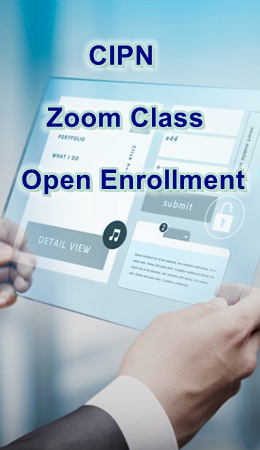Why Choose Online Education and Training?
Online training is known for its flexibility, but studies have identified several additional benefits of attending class online. Among them:
- Communication: Many students are more comfortable engaging in online than in a conventional classroom. These students might have hearing or speech impairments; speak different languages; have severe social anxiety; or simply need more time to organize their thoughts.
- Personalized Learning: Not all students learn the same way. Online classes providing round-the-clock access to materials and lectures let students study when they feel most focused and engaged.
- Accessibility: Online programs transcend time, geographic, and other barriers to training. This can be helpful for those who work full-time or live in remote regions.
- Adaptability: Learning management systems support learners with physical, behavioral, and learning challenges.
- Efficiency: Studies show online students tend to achieve the same learning results in half the time as classroom-based students.
More advantages to online learning:
1. Reduced Time
Studies indicate that e-learning can reduce learning time requirements by an average of 50% due to self-paced instruction, familiar media, immediate interaction, feedback and personalized instruction.
2. Reduced Cost
e-Learning can be delivered wherever an employee is located -- thereby eliminating the costs of travel & lost work time. In addition, the cost of e-Learning incrementally decreases as more people use a course.
3. Instructional Consistency
Technology-based training does not vary in quality from day to day, class to class, or environment to environment, because the information conveyed and presentation remains consistent.
4. Privacy
With e-Learning, students can review subject areas that they might be hesitant to approach. This encourages persistence, motivation and curiosity, which in turn triggers mastery of the information being conveyed.
5. Mastery
Students have the freedom to move on to new material when they are ready. At any time, a student may skip ahead or review previous coursework. This builds a strong foundation for continued learning.
6. Increased Retention
When a student is given an opportunity to interact with the material being studied, a strong learning reinforcement is the result. Incorporating multimedia into the learning process leads to increased content retention over time.
7. Increased Safety
With e-Learning, students can explore potentially dangerous subjects without the risks associated with actual learning environments or live applications.
8. Increased Motivation
e-Learning provides motivation through responsive feedback & individual involvement. Attention remains focused because the potential for distraction is reduced.
9. Increased Access
e-Learning provides greater and more equal access to quality education. Training can be delivered to places where student populations aren’t significant enough to support an instructor, or where qualified teachers are unavailable.
10. Increased Satisfaction
Students are given greater control & responsibility for their own learning processes. As they discover new areas of interest & accomplishment, they become seekers of knowledge, not just recipients of instruction.
- Previous:None
- Next:Why Come to IPSCMI for Certification?




